Market Guide to Common Fishes in the Philippines
Updated as of March 27, 2023.
The Philippines is not only a country reflected on well-preserved artifacts, canvases, fabrics, or chiseled molds, with a history worth revisiting, but a country also known for its rich marine biodiversity.
To give you an idea regarding popular types of local fish in the country, we have listed some that would also be of great use in your next market hunt, together with their Filipino names, English names, scientific names, distinct characteristics, and market price.
Alumahan (Long-Jawed Mackerel; Rastrelliger kanagurta)
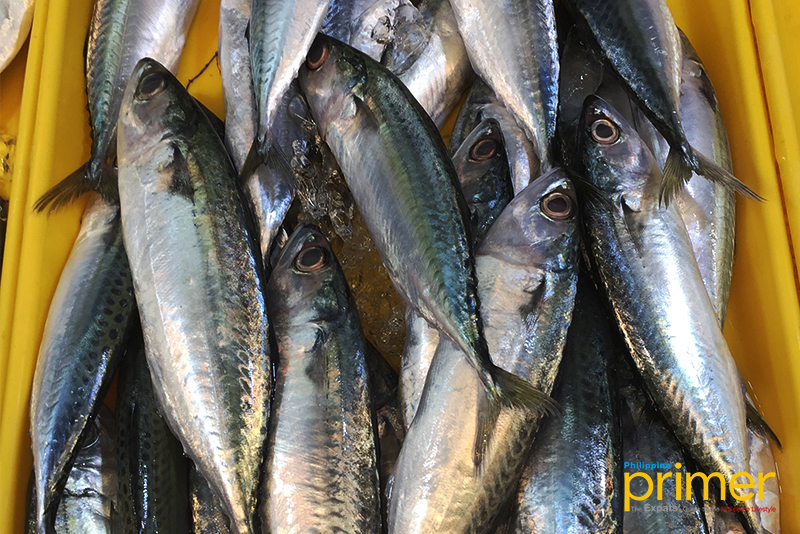
These mackerel species belong to the same fish family as tunas (family Scombridae). They are widely common in the Philippines and are generally found in shallow coastal waters.
The alumahan fish is available in public markets usually priced at Php 350-400 per kilo.
Bisugo (Threadfin Bream; Nemipterus japonicas)
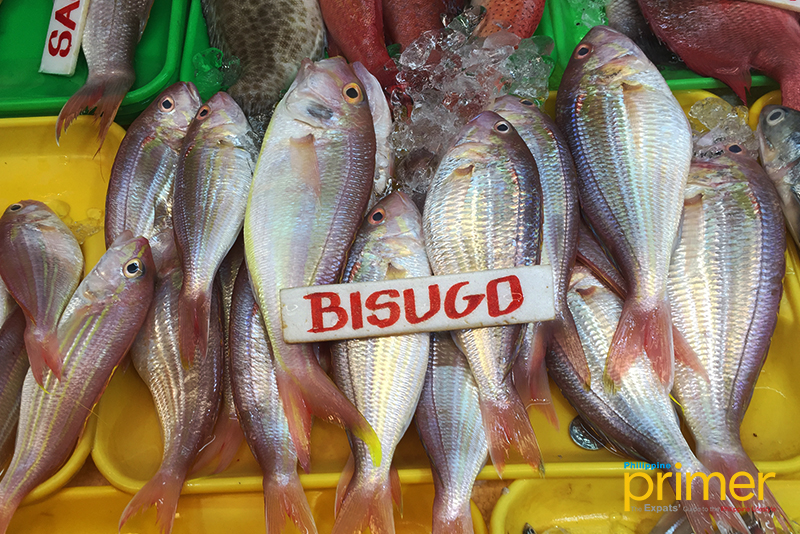
These species are commonly found in tropical and salty waters in the Indian and Western Pacific oceans, which vary in size as well. They are relatively popular in the Philippine market because they are versatile for many dishes.
The bisugo fish is available in public markets usually priced at Php 350-380 per kilo.
Salay-Salay/Salaybutang/Apahay (Yellowtail Scad; Selaroides leptolepis)

These species are small and somewhat easy to catch although their meat is slightly coarse. They belong in the scad family and are known for the distinct yellow details in their bodies and tails.
The salay-salay fish is available in public markets usually priced at Php 350-400 per kilo.
Galunggong (Mackarel Scad; Decapterus sp)
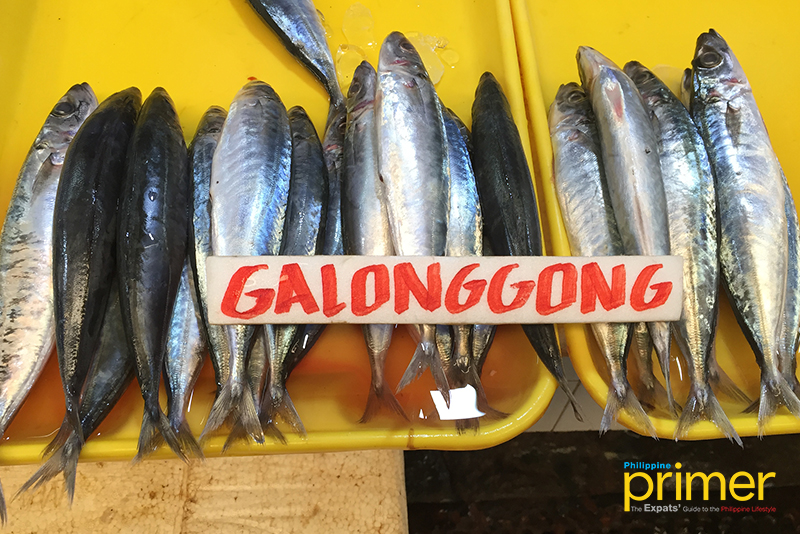
This fish is extremely popular in Philippine markets, especially with the masses as they are relatively inexpensive and remarkably tasty. They are found in salt waters especially in Northeastern Palawan and in Navotas-dubbed as the country’s fishing capital.
The galunggong fish is available in public markets usually priced at Php 240-270 per kilo.
Salmon (Threadfin Salmon; Eleutheronema tetradactylum)

There are threadfin salmon around Philippine waters but most of these fishes are imported and increasingly becoming popular.
The salmon fish is available in public markets usually priced at Php 800-900 per kilo.
Bangus (Milk Fish; Chanos chanos)

Bangus is an important seafood in the Pacific with the Philippines even has a bangus festival in Dagupan where there is a major milkfish aquaculture industry. This fish has olive-green skin with silvery scales with a milky white bottom.
The bangus fish is available in public markets usually priced at Php 240-270 per kilo.
Dalagang Bukid (Yellowtail fusilier; Caesio cuning)

This fish got its name because of its unique red color. The color red is often used in describing Filipina farm girls wearing a red wrap-around skirt in the province.
The dalagang bukid fish is available in public markets usually priced at around Php 375 per kilo in a regular sized, Php 500 per kilo for dalagang lapad, a bigger and fatter fish of the same kind.
Dilis (Anchovy; Engraulidae)
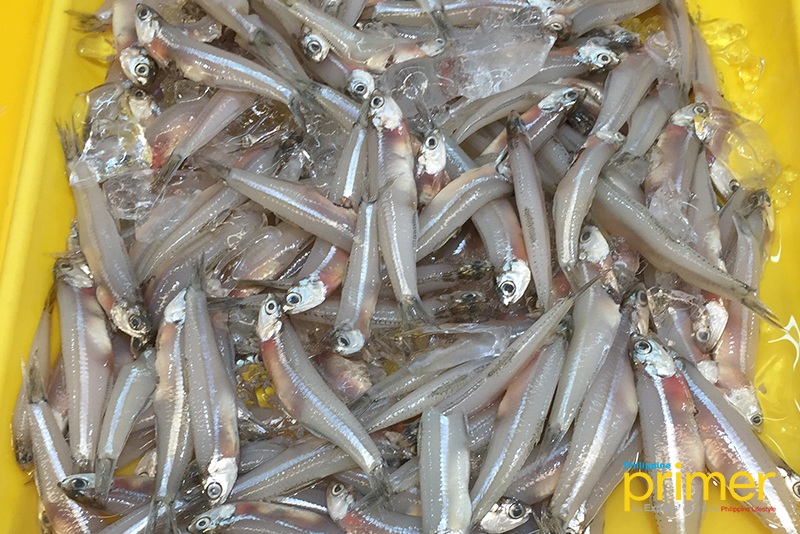
This type of fish is extremely popular in the Philippine market, especially to be used as spicy bar chow or as toppings on rice. The dilis fish is common in shallow saltwater reefs.
Fresh dilis is available in public markets usually priced at Php 120-150 per kilo. In dried form, it is sold at around Php 400 per kilo.
Yellow-Fin (Big eye tuna; Thunnus obesus)

The big eye tuna is of the same species of the yellow-fin tuna (Thunnus albacares), thus also having a yellow dorsal fin and is more common in Philippine markets to be (mis)identified as “yellow-fin” tuna. This fish is commonly found in the open waters of all tropical and temperate oceans.
The “yellow-fin” fish is available in public markets usually priced at around Php 260 per kilo, depending on the size.
Kitang (Spotted Scat; Scatophagus argus)
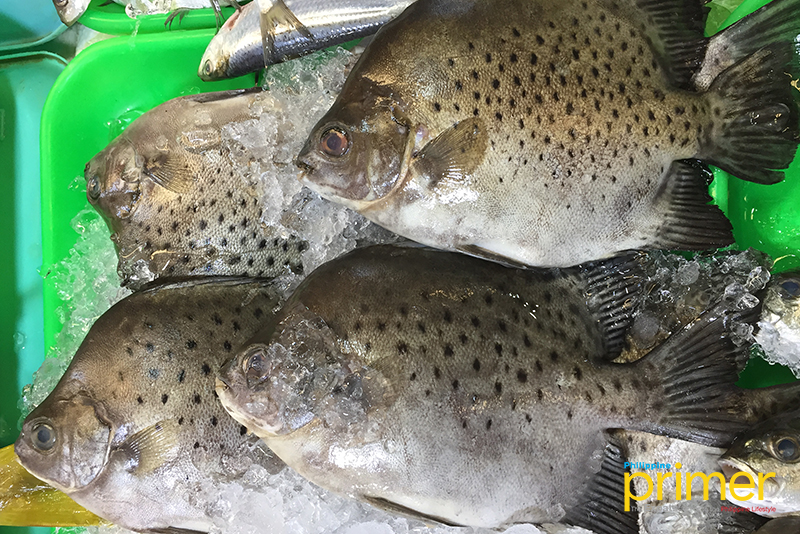
This flatfish is a popular brackish water fish with a silver-bronze body with black spots. In Philippine dishes it is usually cooked with vinegar, the process is called paksiw in Tagalog.
The kitang fish is available in public markets usually priced at Php 350-400 per kilo.
Maya-Maya (Red Snapper; Lutianus sp)

This type of fish is popular in Philippine markets due to its delicate and flavorful white meat. They usually vary in size that can either be small or big. They are known for their vivid and distinct red color and are commonly found in salty environments and shallow reefs.
The Maya-Maya fish is available in public markets usually priced at Php 350-400 per kilo.
Sapsap (Ponyfish/Slipmouth; Leiognathus sp)
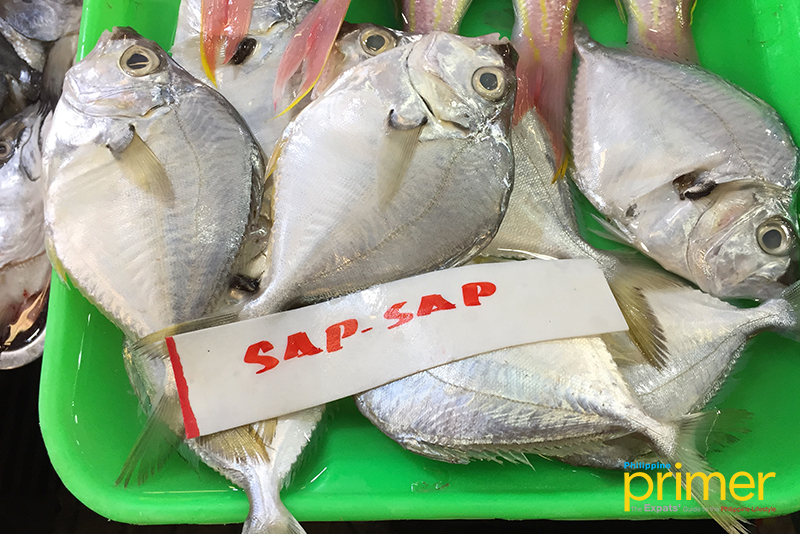
This type of fish is usually characterized by their slimy bodies, small scales, and a widely extending mouth. They only grow under six (6) inches in length. Because of its abundant population in its natural habitat- the shallow coastal waters. This feed is also usually used for various food cuisines especially in the country.
The sapsap fish is available in public markets usually priced at Php 350 to 400 per kilo.
Tulingan/Tambakol (Mackarel Tuna)
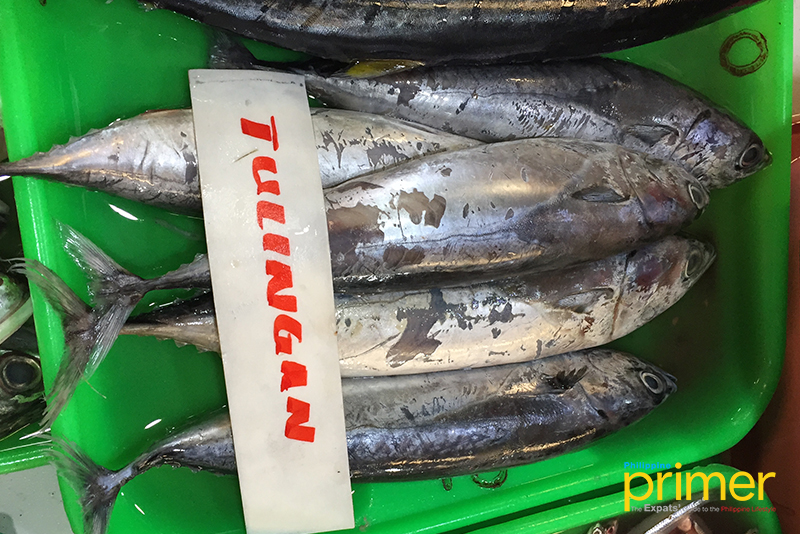
With its vertical stripes at the back, deeply forked tail, and a small velvety touch of scale, this fish is usually found offshores of both temperate and tropical seas commonly swimming with a school across the deep ocean.
The tulingan fish is available in public markets usually priced at Php 360per kilo.
Hiwas/Tahas (Mene Moonfish; Mene maculata)
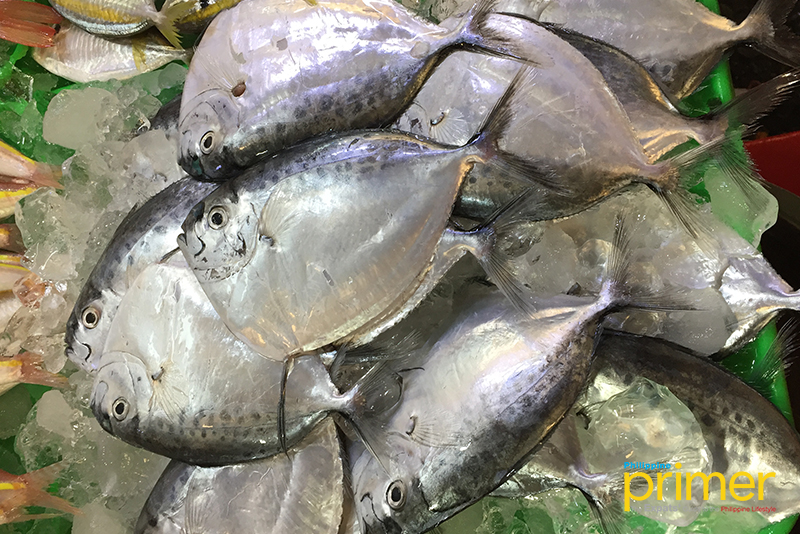
This type of fish is usually found in muddy, salty waters and often in deep waters. They are often mistaken for the sapsap fish due to their similar features- flat body and big head but the hiwas has a protruding belly.
The hiwas fish is available in public markets usually priced at Php 180-200 per kilo.
Lapu-Lapu (Grouper; Epinephelus sp)

Groupers are a high-valued type of fish because of their white, flaky flesh which is usually distributed in markets either dead or fresh. They are commonly found in saltwater and are hard to raise because of their carnivorous nature. A famous dish using this fish is escabeche or pickled fried fish.
The Lapu-Lapu fish is available in public markets usually priced at Php 450-800 per kilo.
Salmonete (Striped Red Mullet; Mullus surmuletus)
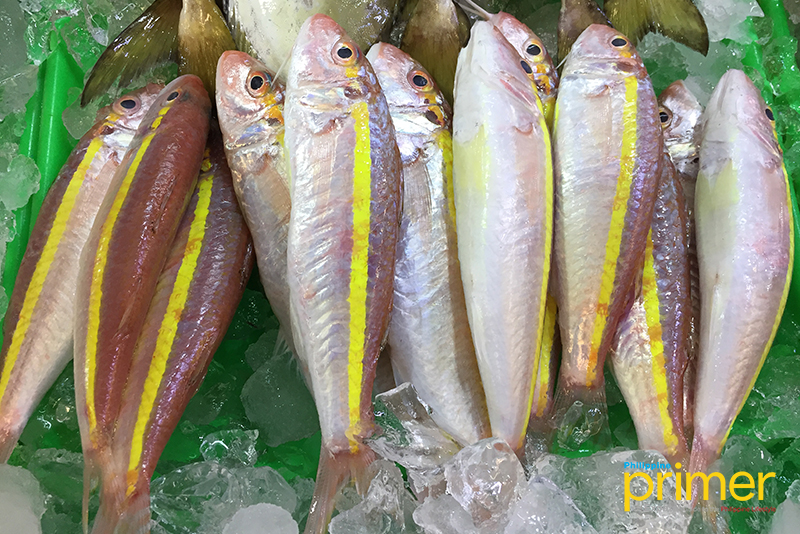
This type of fish has distinct bright red colored scales and yellow stripe on its body usually caught near the shore. Their white meat is delicate to cook and is often prepared in a paksiw dish.
The salmonete fish is available in public markets usually priced at around Php 200 per kilo.
Tilapia (Mayan Cichlids)

Covering the 4.30% of the inland contribution of fisheries last 2016, this fish is obviously one of the most abundant fish that can be found in the Philippine archipelago. The term “tilapia” however, covers nearly hundreds of different species in general.
The tilapia fish is available in public markets usually priced at Php 140-150 per kilo, depending on the size.
Endangered: Tawilis (Sardinella tawilis)
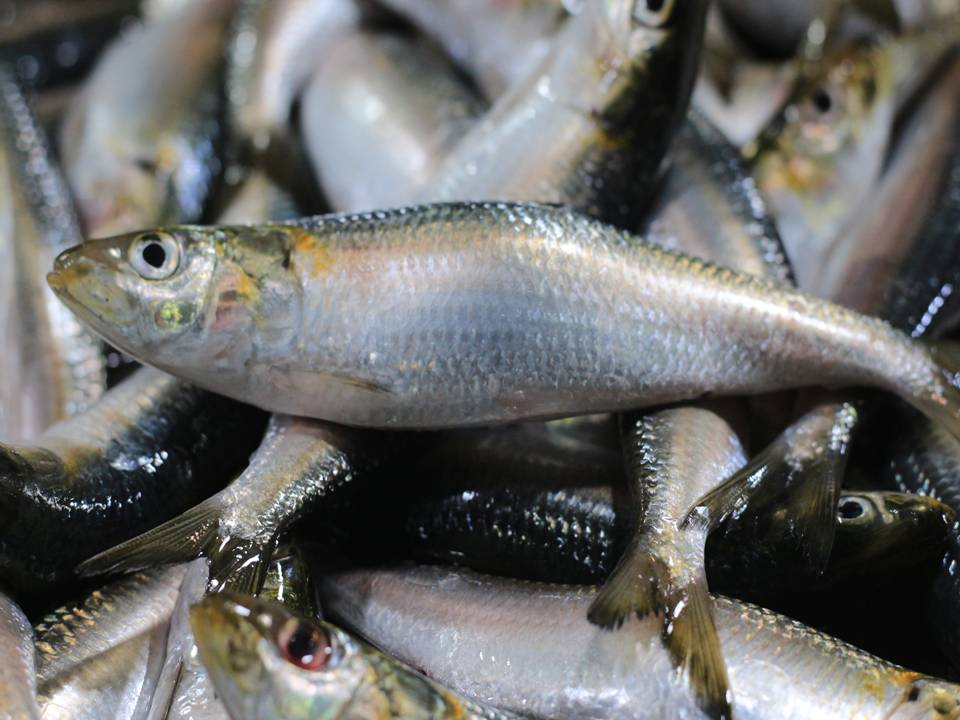
This type of fish is migratory that can only be found in the Philippines, in Lake Taal, which is the 3rd largest lake in the country. The fish was announced to be endangered in January 2019 and is now illegal to be bought and sold in markets.
What do you think of these common fishes found in the Philippine archipelago? Share your thoughts with us below!













